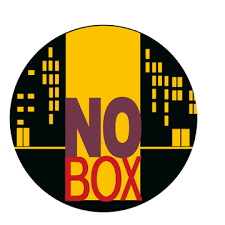When a crisis comes knocking-no matter how prepared companies may think they are-generally speaking, the first 48 hours will set the stage for how a company will respond and deal with the crisis. Clearly, in the case of BP and its recent disaster in the Gulf of Mexico, nobody was prepared for the magnitude and impact of such a horrific accident. Not only were there human casualties, the environmental and economic casualties continue to mount-likely for a long time. A few things make this crisis unique: first, it is not a single event that is over quickly like a hurricane, earthquake or on-land explosion which passes in a relatively short timeframe.
Secondly, the “fix” is miles beneath the ocean so access has proven to be challenging. It is also unique in that it will impact the Gulf of Mexico’s natural habitat with unprecedented damage to the environment-maybe permanently for some areas but it’s still too soon to tell. Finally, this crisis could have long term, devastating economic implications for the entire coastal region from Louisiana, Mississippi, Alabama to Florida. These states are the “coastal playground” for the entire Southeast and are dependent upon tourism, fishing and recreation.
In short, so much devastation paints a nasty picture for BP and its Top Brass. It’s what I call “bet the company” crisis communication and it requires immediate, transparent and straight forward strategies from day one. BP has done the exact opposite, waiting until last week to unfold their high profile (and expensive) ad and messaging campaign which I believe will be wasted on a large population of angry people whose emotions will run high as the consequences of the spill continue to lap onto the beaches, the marshes and wetlands and creatures of the sea.

